Dynamics Unified Service Desk (USD) is a configurable solution framework than provides an excellent foundation for Call Center Management. USD features configurable call scripts, a powerful feature that allows Configurators to create and modify new call scripts, similar to how you can with Dialogs in Dynamics CRM.
What makes configurable call scripts especially powerful for businesses is that the scripts can be created and modified without customizations requiring development coding. Business Analysts can create the steps in the call flow process, and by leveraging Action Calls, can automate functions that until now were not available unless they were coded by developers.
USD is available for download and has some excellent samples available that provide a solid foundation for developers, business analysts, and call center specialists to explore the potential of this new solution framework. Today's blog will provide a solid foundation for getting started with Dynamics Unified Service Desk. Let's begin!
Part 1 – Download, Install, and Deploy
The download from Microsoft is located here (along with install, configuration, and developer guides): Download Unified Service Desk
There are options for different samples to install, but we recommend getting the version that has the sample configurations included as these are excellent to showcase the power of the solution and provide some immediately useful configurations for learning and modifying.
The initial set up may take an hour or two, but it is pretty straight forward. The high level steps are:
1. Install Unified Service Desk Client
2. Deploy sample Unified Service Desk applications to CRM server using Package Deployer
3. Copy files on the client for custom functionality
4. Connect to a CRM instance using the Unified Service Desk client
Part 2 – Modifying an Agent Script and configuring an Action Call
Next, we are going to show you how to insert a new step in an existing script. That step will open a new email activity, populate who it is from (User/Agent), who it is to (Selected Contact), and what it is regarding (Case). Here are the steps required:
1. Under Settings, select Unified Service Desk.

2. In the Unified Service Desk Settings, select Agent Scripts.
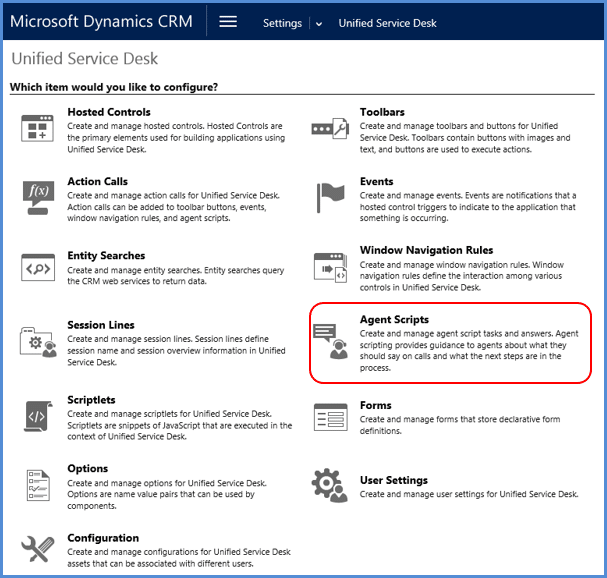
3. Select one of the available Agent Scripts to Modify (example below is New Service Request for Contact).
4. Create a new Answer called Create email, and have it follow Create Case in the sequence (you will have to re-number the subsequent steps).
a. Name = Create email
b. AnswerText = Create email
c. Order the sequence so that it follows Create Case.
d. When saving the record, the sequence should be as shown below:
- Select Customer
- Create Case
- Create email
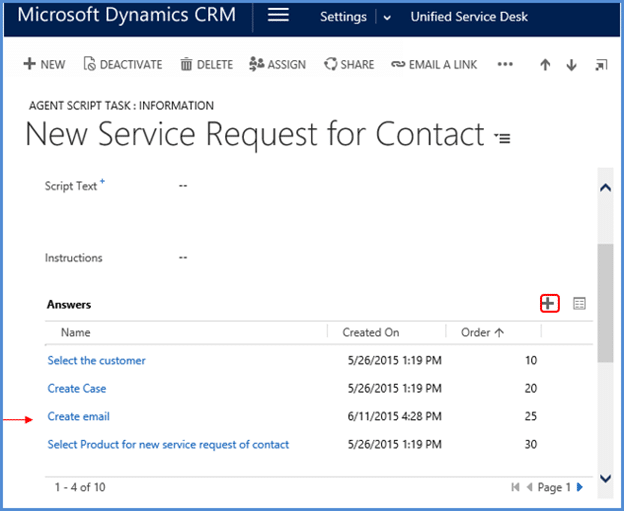
5. Open the Agent Script Answer Create email record that you just created within the scripts. Next, associate a new Action call to this Agent Script step by selecting the associated Actions.
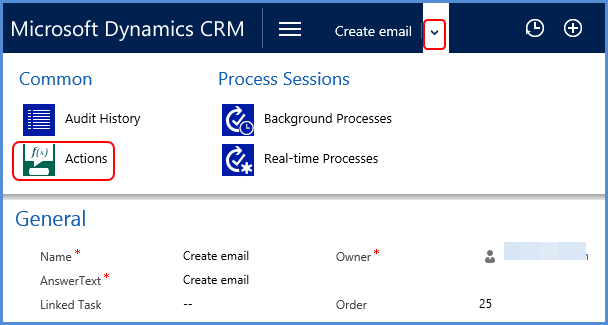
6. Add a new Action Call (search for existing, then select New).
- Name = Create email example
- Hosted Control = emailactivity
- Action = New_CRM_Page
- Data "LogicalName=email"

This configuration will simply open a blank email activity. In order to populate specific fields additional mappings can be added.
7. This additional data will add the selected contact for the email, and will set the regarding to the case just created in the prior step. This is how the data will look with all of the Logical Names of the entities to open, and the attributes to automatically populate:
LogicalName=email
regardingobjectid=[[Incident.Id]]
regardingobjectidname=[[Incident.title]]
regardingobjecttypecode=incident
partyid=[[contact.Id]+]
partyname=[[contact.fullname]+]
partytype=[[contact.etc]]
Part 3 – See USD and your Modifications in Action
After saving the record, launch the USD Client desktop and follow the following steps to see you newly modified Agent Call Script and its action call that automatically pops up a screen and populates the from, to, and regarding fields for the email activity record.
1. Search and select a Contact (the contact page will load and a session counter will start).
2. Open the Dialog pane by expanding the left section.
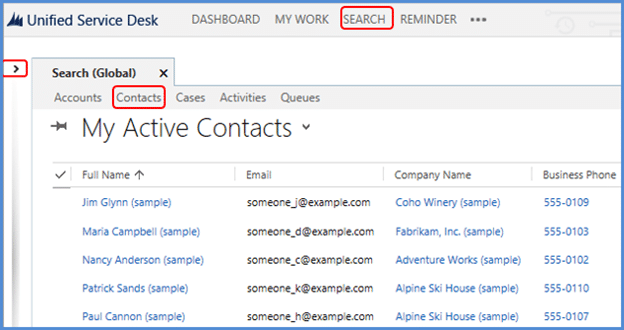
3. Select New Service Request (the Agent Call Script you just modified).
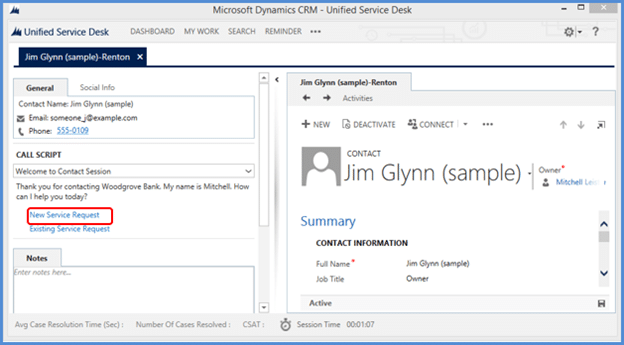
4. Now follow the Call Script steps in the following order:
a. Select the Customer (will auto populate).
b. Create a Case (provide a name and Save).
c. Click on the Create Email step which will load the email activity web page. You will see that the to, from, and regarding fields already populated.
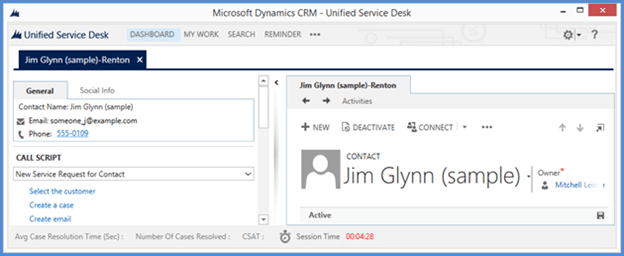
That's all for today, readers! If you are interested in learning more about USD or about the many other ways that PowerObjects can take your Customer Care practices from good to GREAT, check out our website.
And as always, happy CRM'ing!
 How Microsoft Power Platform is helping to modernize and enable...
How Microsoft Power Platform is helping to modernize and enable... Deliver an Extraordinary Omnichannel Experience
Deliver an Extraordinary Omnichannel Experience Data Interoperability Key to Improving the Patient Experience
Data Interoperability Key to Improving the Patient Experience














dynamic software, excellent samples
http://goo.gl/f8n3TO